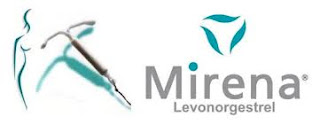 List of Choking Hazards: Foods, Household Items and Toys
List of Choking Hazards: Foods, Household Items and Toys
Foods:
- Hot dogs (especially cut into a coin shape), meats, sausages, and fish with bones
- Popcorn, chips, pretzel nuggets, and snack foods
- Candy (especially hard or sticky candy), cough drops, gum, lollipops, marshmallows, caramels, hard candies, and jelly beans
- Whole grapes, raw vegetables, raw peas, fruits, fruits with skins, seeds, carrots, celery, and cherries
- Dried fruits, sunflower seeds, all nuts, including peanuts
- Peanut butter, (especially in spoonfuls or with soft white bread)
- Ice cubes and cheese cubes
- Foods that clump, are sticky or slippery, or dry and hard textured
- Food size and shape, especially round or a shape that could conform to the shape and size of the trachea (windpipe). The size of a young child's trachea (windpipe) or breathing tube is approximately the size of a drinking straw in diameter.
- Combinations of food size, texture, and shape can pose a threat. For example, a slippery hard candy with a round shape about the size of a drinking straw could block an airway (windpipe)
Household Items/Toys:
- Latex balloons, coins, marbles, toys with small parts, small balls, pen or marker caps, button type batteries, medicine syringes, screws, stuffing from a bean bag chair, rings, earrings, crayons, erasers, staples, safety pins, small stones, tiny figures, and holiday decorations including tinsel, or ornaments and lights
- Any toy or other object that is labeled as a potential choking hazard
Check out these other helpful links
Important Facts about Choking Hazards
Choking Prevention & Precaution TIPS for PARENTS
List of Choking Hazards: Foods, Household Items and Toys










